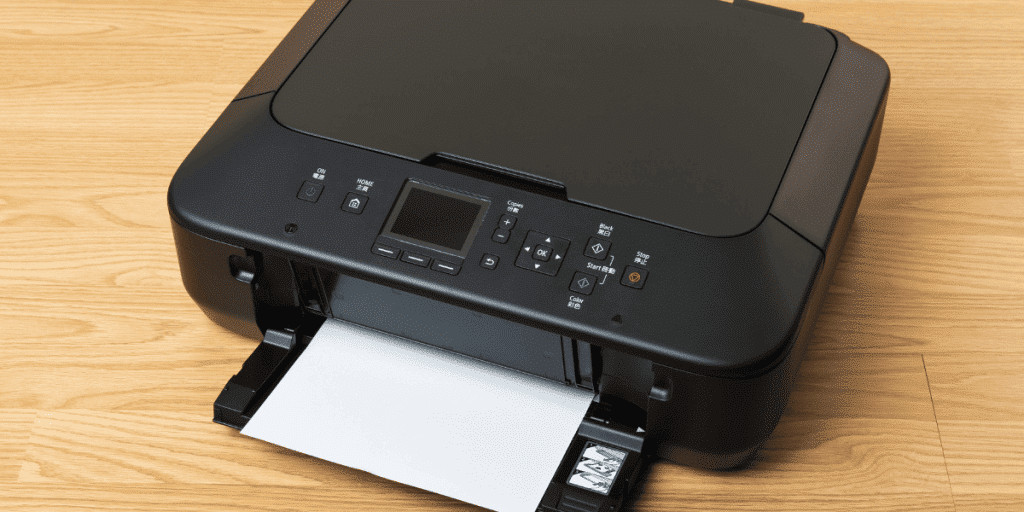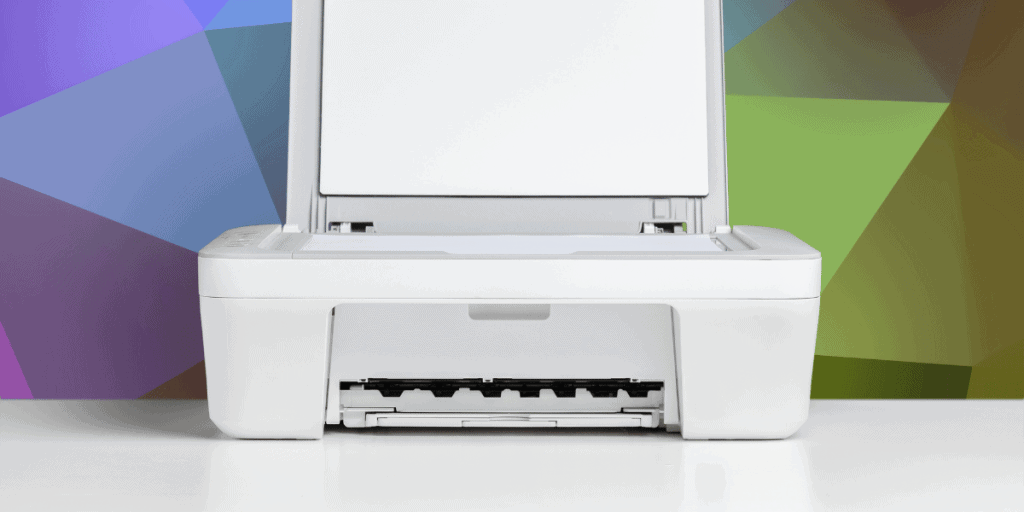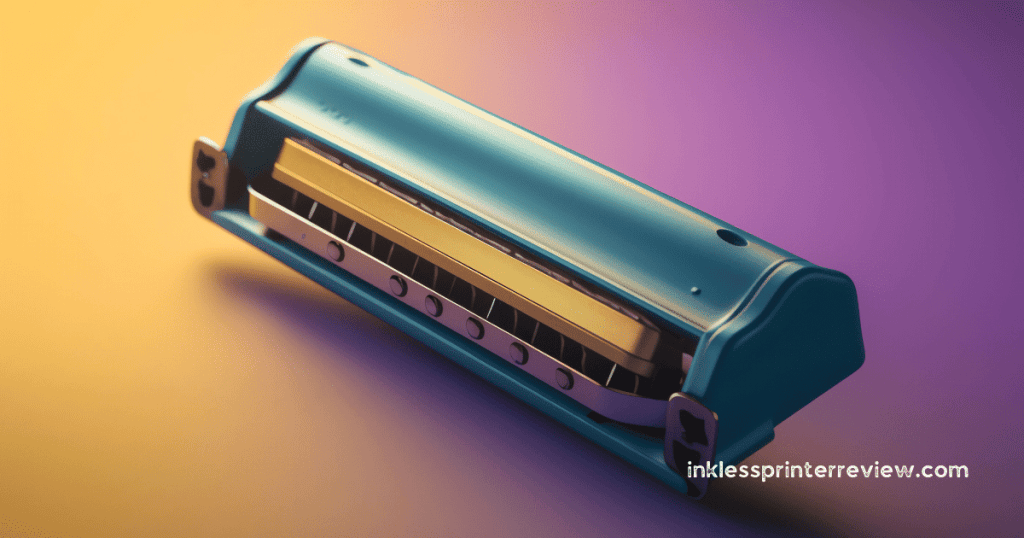Are you having trouble getting your thermal printer to print clearly?
You’re not alone in facing this issue. Thermal printers often have a common problem, but it can be resolved by following easy steps.
This article explores why thermal printers may not be printed correctly and provide helpful tips for troubleshooting the issue.
We’ll cover everything from ensuring the printer is connected correctly to replacing printer ribbons.
By the end of the article, you’ll know exactly how to get your thermal printer printing again.
So, let’s get started!
Understanding Common Printing Issues
If your thermal printer needs to be printed clearly, it’s essential to understand the common printing issues that arise from thermal printing and properly troubleshoot them.
Printer head cleaning with alcohol when power is off can help maintain print quality. Regular maintenance and following manufacturer guidelines ensure proper printing.
Power supply and incompatible thermal paper roll can prevent light printing. Incorrect print density can also cause light printing.
Consideration of thermal papers before purchase is a must. Graphic Tickets manufactures and sells thermal paper rolls that are error-free and suited to different printing requirements. Mindy Timm, Sales Manager for Graphic Tickets Systems, is dedicated to end-users and provides efficient service.
Make sure to purchase the correct thermal paper style for visible prints. Ensure that the paper is of suitable quality to ensure the best results.
Ensuring Printer Connectivity
Ensure your printer is correctly connected and configured to ensure optimal performance:
- Check printer settings
- Ensure the settings are configured correctly for the printer.
- Make sure the thermal printer is connected to the correct ports and cables.
- Troubleshoot connectivity issues:
- Check the cables and connections for any damage.
- If the print head is not responding, try power cycling the printer.
- Replace any faulty cables or connections.
- Check the printer driver and firmware are up-to-date.
- Make sure the printer is connected to the same network as the device you’re printing from.
- Make sure that the printer is selected as the default one. By doing this, you can avoid printer connection problems and ensure it functions at its best. Follow these easy steps to accomplish this task.
Cleaning the Printer Heads
Cleaning the Printer Heads regularly ensures optimal performance and prevents clogs leading to light printing. Here are some key points to keep in mind when cleaning your thermal receipt printer:
- Power off the printer and use a cleaning solution like isopropyl alcohol.
- Do not use abrasive materials, which may damage the printer heads.
- Follow the manufacturer’s instructions for best results.
- Use a high-quality, compatible product to ensure the best results.
- Take extra care when cleaning to prevent any light printing.
Regularly cleaning the printer heads is essential to keep them running smoothly and efficiently. If your thermal receipt printer isn’t printing clearly, it may be time to clean the print heads.

Inspecting the Printer Paper
Inspecting the quality and compatibility of the thermal paper is critical to obtaining crisp, clear prints. Pay attention to the material combination of the printer heads and the thermal paper roll. Make sure the wrong type isn’t being used.
You may need to try different printhead wipes to get the optimal results. No matter how clean the printer heads are, the prints will come out clearly if the paper is compatible.
To ensure the best results, consider the following points:
- The type of printer you have.
- The type of material it uses.
- The type of thermal paper being used.
This combination will ensure the best results and crisp, clear prints.
Checking Printer Settings
Checking your printer settings is essential for getting the best prints possible. Ensure all printer functions are enabled, and the app settings are updated. Heat settings should be checked and adjusted as necessary for optimal performance. Consider trying a thermal printer cleaning card to remove any built-up residue.
Contact Epson printer support for assistance if you’re using an Epson printer. They can help you troubleshoot and find the correct settings for your printer. It’s essential to ensure your printer settings are correct to get the best results when printing with thermal paper.
Here are some additional tips to keep in mind when checking printer settings:
- Check for any printer driver updates
- Ensure that paper is loaded correctly in the printer
- Check the paper size and type settings
- Make sure that the printer is set to the correct resolution
- Check that the printer is connected to the correct source
- Use the right type of thermal paper for the best print quality.
Replacing Printer Ribbons
Replacing printer ribbons can be tricky, but it can be done quickly and easily with the right supplies and guidance. Printer issues can stem from various sources, but a broken or worn-out ribbon is often the culprit. Here are some crucial points to keep in mind when replacing your thermal printer ribbon:
- Ensure you have the correct printer ribbon material for your printer.
- Remove the old ribbon and clean the printer head before installing the new ribbon.
- Make sure the ribbon is installed correctly and tight, and secure.
- Double-check that the ribbon is correctly aligned with the printer head.
Perform a test print to check that the new ribbon is working correctly.
If the issue persists, consult a technician to diagnose the problem.
Following these steps can save you time and help to solve any printer issue quickly and easily.

Troubleshooting Software Issues
Need more support with your printer? Troubleshooting software issues can help get it back up and running quickly. Here are some points to consider:
- Ensure your product is compatible with the printer’s internal machinery. This could include thermal receipt paper, prints, and other related products.
- Thermal prints are created with a chemical reaction when heat exposure, so the print density must be correctly adjusted for the best results. If the print density is too low, it can cause light printing.
- Check the product specifications before purchase to ensure optimal results.
- Check the printer’s settings and make sure it’s appropriately configured.
- Run a diagnostic test to check for any potential issues.
If you’re experiencing any software issues with your printer, these steps can help you identify and resolve them quickly.
Seeking Professional Assistance
If you’re still having trouble with your printer after troubleshooting software issues, seeking professional assistance can help run your printer smoothly.
Professional help can identify and address issues like color fading, printhead alignment, or insufficient power supply. They can also ensure that the thermal paper roll you’re using is suitable for your printer, is of the correct temperature for optimal transfer, and is kept clean and free from dust and other debris.
Additionally, they can guide proper maintenance instructions and receipt cover use and help troubleshoot any other issues you may be having.
With their help, your thermal printer can produce the crisp, clear prints you need.
Frequently Asked Questions
How often should I replace my thermal printer paper?
You should replace your thermal printer paper as often as necessary to ensure clear, sharp printing. Consider factors such as the quality of the paper, the length of time it has been used, and the printing you’re doing.
What kind of maintenance should I do to ensure clear printing?
You should regularly clean the print head and inner components, use high-quality supplies, and check for loose parts to ensure clear printing.
What is the difference between direct and thermal transfer printing?
Direct thermal printing applies heat directly to thermal paper, creating a chemical reaction. Thermal transfer printing uses color or foil to transfer print onto paper.
Are there any special considerations when purchasing thermal paper rolls?
Yes, there are special considerations when purchasing thermal paper rolls. Consider factors like size, weight, and compatibility with your printer. Consult with experts like Mindy Timm of Graphic Tickets Systems to find the best product.
How can I identify the correct thermal paper style for visible prints?
You can identify the correct thermal paper style for visible prints by consulting with Mindy Timm, Sales Manager at Graphic Tickets Systems. She can help you find the best product for your needs.







